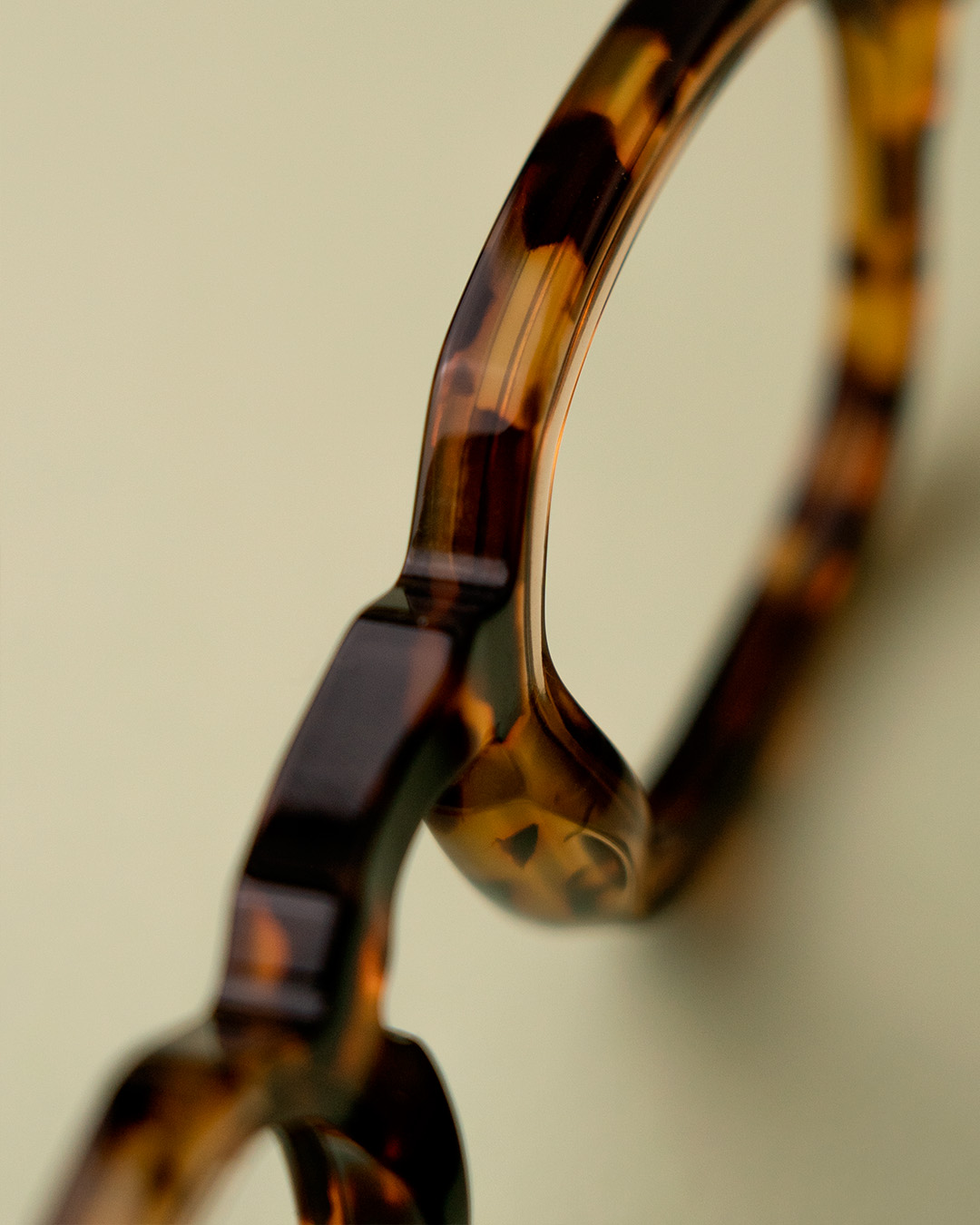Frame Material Showdown: Metal, Plastic, and TR90 – Which Is Better?

1. Introduction
1.1 Background and Importance
As consumer demand for comfort, functionality, and individuality continues to grow, frame material has become a key factor in B2B purchasing decisions. Choosing the right material impacts not only the end-user experience but also manufacturing costs and after-sales service.
1.2 Target Audience
This article is aimed at eyewear retailers, distributors, and brand purchasing managers who want a quick but solid understanding of the advantages and disadvantages of the three most popular frame materials.
2. Overview of Frame Materials
2.1 Material Categories
- Metal: Includes stainless steel, titanium alloys, and aluminum alloys, known for their thinness and premium feel.
- Plastic: Covers injection-molded plastics (like TR-X, CP) and acetate, offering a wide variety of colors and textures.
- TR90: A high-tech thermoplastic polymer combining lightness and exceptional flexibility.
2.2 Pricing and Market Positioning
- Metal: Targeted at the mid-to-high-end business and bespoke markets, with a relatively high price point.
- Plastic: Covers a wide range from budget to mid-high-end, offering broad design flexibility at lower costs.
- TR90: Commonly used for sports, children’s eyewear, and high-end casual frames, priced between plastic and metal.
3. Detailed Analysis of Each Material
3.1 Metal Frames
Advantages
- Lightweight and Durable: Thin frame construction combined with strong durability.
- Highly Adjustable: Adjustable nose pads and flexible temple arms provide a customized fit.
- Premium Look: Metallic finishes and minimalistic designs deliver a sophisticated appearance.
Disadvantages
- Allergy Risk: Alloys containing nickel or other metals may cause allergic reactions.
- Limited Color Options: Mostly metal tones or simple plating, lacking vibrant choices.
- Fatigue Fracture: Metal can eventually crack due to stress and repeated bending.
3.2 Plastic and Acetate Frames
Advantages
- Rich Colors and Textures: Layered lamination techniques produce intricate patterns and color gradients.
- Comfortable Fit: Good flexibility at lower temperatures and a pleasant skin contact feel.
- Hypoallergenic: Ideal for users with sensitive skin, with no metal components.
Disadvantages
- Poor Heat Resistance: Easily softens or discolors in high-temperature environments.
- More Fragile: Prone to cracks under localized pressure or stress.
- Heavier: Heavier than TR90 frames, which can affect comfort over time.
3.3 TR90 Frames
Advantages
- Ultra-Lightweight: About one-third the weight of traditional plastic frames.
- Exceptional Flexibility: Highly resistant to bending and impact – ideal for sports and kids’ eyewear.
- Temperature Resistance: Stable performance from -30°C to 80°C.
Disadvantages
- Limited Color Variety: Mostly single colors or simple patterns.
- Higher Cost: Material and production costs are higher compared to regular plastic.
- Less Adjustable: Unlike metal, it’s difficult to make fine adjustments to the nose bridge or temples after molding.
4. Comparative Analysis
Criteria | Metal | Plastic (Acetate) | TR90 |
Comfort | Medium (with adjustable nose pads) | Medium (heavier) | High (ultralight and flexible) |
Design and Appearance | Low (limited colors) | High (rich colors and textures) | Medium (mostly plain colors) |
Durability | High (but susceptible to fatigue cracks) | Low (brittle under pressure) | High (impact and bend-resistant) |
Price | High | Low | Medium |
5. Conclusion and Buying Recommendations
5.1 Scene-Based Recommendations
- Business/Formal Wear: Metal frames are ideal for a premium, sophisticated look and a customizable fit.
- Fashion/Casual Wear: Acetate frames are the best choice, offering colorful, stylish options that appeal to fashion-conscious consumers.
- Sports/Kids: TR90 is unbeatable for lightweight comfort, durability, and safety.
5.2 Purchasing Tips
- Climate Adaptation: Choose materials with better heat resistance for hot and humid regions.
- Customer Profile: Hypoallergenic materials are preferred for sensitive skin customers.
- Customization Needs: Communicate with factories regarding custom color options and special finishes to differentiate your offerings.
By understanding the pros and cons of metal, plastic, and TR90 frames, you can make informed decisions to create a product lineup that meets your market’s specific demands and stands out in a competitive landscape.



